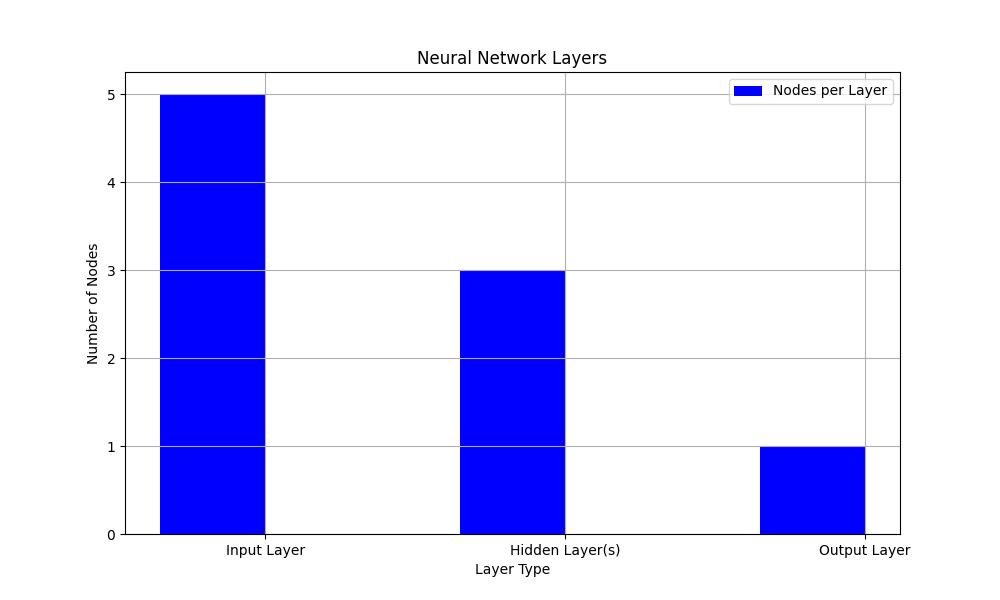The Brain and AI: Mirroring Complexity
Understanding the Human Brain
The human brain is an extraordinary organ, fascinating scientists for centuries with its complexity. Comprising approximately 86 billion neurons, each neuron is a nerve cell that transmits information through electrical and chemical signals. These neurons are connected by trillions of synapses, forming a vast and intricate network that enables us to think, feel, and perform various cognitive tasks. Imagine the brain as a supercomputer, but far more advanced, capable of processing and storing a massive amount of information. This neural network is the foundation of our consciousness, emotions, and memory, making it the most complex structure known in the universe. Understanding how the brain operates not only gives us insights into human behavior and learning but also inspires advancements in technology, particularly in the development of artificial intelligence (AI).
The Basics of Neural Networks
Neural networks, in the context of artificial intelligence, are inspired by the brain’s structure. They consist of layers of interconnected nodes, or ‘neurons,’ which process information similarly to the way human neurons do. These artificial neurons receive input, process it, and pass on their output to subsequent layers. The simplest form of a neural network might have an input layer, where data enters the system, hidden layers where computation and transformation occur, and an output layer, which delivers the final decision or prediction.
By adjusting the connections between these nodes based on the data they process (a method known as ‘learning’), neural networks can recognize patterns, make decisions, and solve problems. This learning process is akin to how we learn from experience, making neural networks a powerful tool in AI development.

How AI Mimics the Brain
Artificial intelligence (AI) seeks to emulate the brain’s ability to learn, reason, and make decisions. Just as the brain uses its neural networks to process information and learn from experiences, AI uses algorithms and neural networks to interpret data, identify patterns, and learn from outcomes. The key to AI’s learning capability is its use of algorithms that adjust and improve over time, a concept called machine learning. This iterative learning process enables AI to perform tasks with increasing accuracy, much like how humans improve with practice. AI’s neural networks are designed to replicate the brain’s structure, albeit in a simplified form, to tackle complex problems, from language translation to diagnosing diseases, showcasing the potential of technology to mirror human cognition.
Neural Networks in Action: Solving Puzzles
To understand how neural networks can solve puzzles, consider a simple example: a neural network designed to solve a maze. Initially, the network knows nothing about the maze. It randomly tries different paths, learning from each attempt. When a path leads to a dead end, the network adjusts its strategy, remembering which paths to avoid. Over time, by trial and error, the network learns the most efficient route to the maze’s end. This process is similar to how we learn from our mistakes and successes. The neural network’s ability to navigate the maze improves with each attempt, illustrating how AI can learn and solve problems by analyzing data and adjusting its approach based on outcomes.

The Role of Learning in AI
Learning is at the heart of AI’s ability to perform tasks and solve problems. This learning happens through a process called machine learning, where AI systems improve their performance by analyzing large amounts of data. Over time, these systems identify patterns and make more accurate predictions or decisions. For instance, by analyzing thousands of photos, an AI system can learn to recognize a cat in new images it has never seen before. This capability is based on the principle of neural networks, which adjust and optimize their connections based on the information they process, much like how our brains strengthen or weaken neural connections based on learning experiences. The ability of AI to learn and adapt makes it an incredibly powerful tool in various fields, from healthcare to entertainment.
Comparing the Brain to AI
While AI and the human brain share similarities in their learning processes, significant differences exist. The brain is capable of emotions, consciousness, and complex problem-solving that AI cannot yet replicate. AI operates within the confines of its programming and the data it’s trained on, lacking the brain’s ability to experience or understand the world in a human sense. However, AI excels in processing vast amounts of data quickly and performing tasks with superhuman precision, areas where the human brain may not be as efficient. The comparison between the brain and AI highlights the potential for collaborative synergy, where AI can augment human capabilities and vice versa, leading to advancements in both technology and our understanding of the brain.
Future Prospects: AI and Brain Research
The intersection of AI and brain research holds promising prospects for the future. By studying how the brain works, scientists can develop more sophisticated AI systems that better mimic human cognitive processes. Conversely, AI can help unravel the mysteries of the brain, such as understanding the complexities of neurological diseases or enhancing brain-computer interfaces. This mutual enrichment could lead to breakthroughs in both fields, from more intuitive AI that can interact with humans more naturally to new treatments for brain disorders. The journey towards integrating AI with brain research is just beginning, and the potential benefits for humanity are vast and exciting.